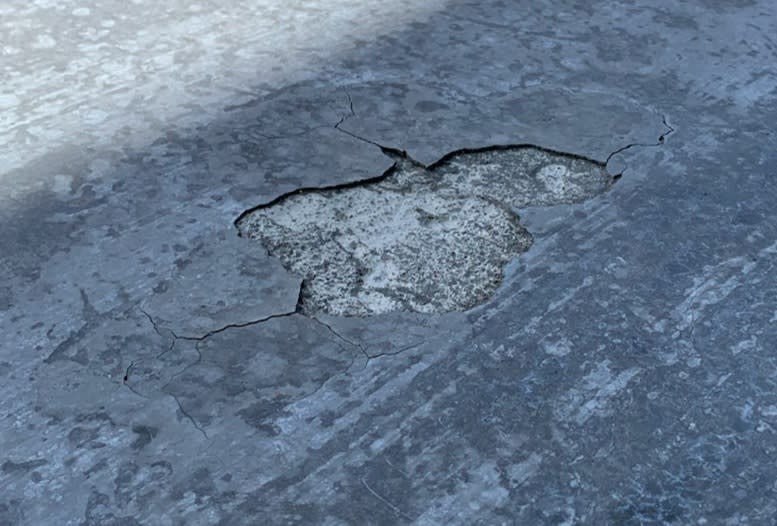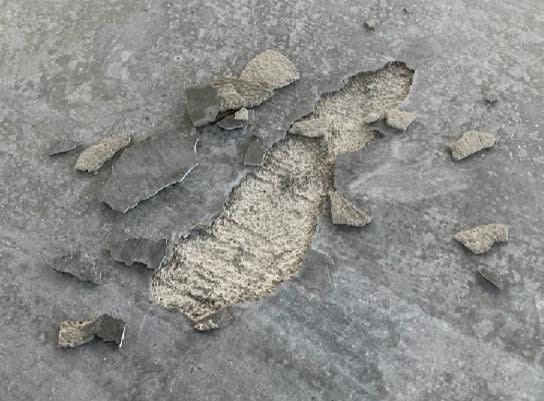Structuralconcrete
Structural
Hello all,
Not sure how many of you are familiar with finishing concrete slabs but I have a dilemma that has yet to be solved.
We have poured several slabs in this project and unfortunately they have not gone as planned. The first interior slab we poured was a metal deck and we had small silver dollar sized areas of delamination.
Keep in mind we have poured millions of square feet of concrete slabs and only recently started running into this issue. The first thought was maybe the mix design has some issues. The design was tweaked for the second pour and that one went perfect but apart from the second pour all other slabs have had these small spots of delamination (2-3 spots).
Its been a a couple months of pouring and after changes to the mix these random spots continue to appear. What could be causing this to come about so sporadically?
Not sure how many of you are familiar with finishing concrete slabs but I have a dilemma that has yet to be solved.
We have poured several slabs in this project and unfortunately they have not gone as planned. The first interior slab we poured was a metal deck and we had small silver dollar sized areas of delamination.
Keep in mind we have poured millions of square feet of concrete slabs and only recently started running into this issue. The first thought was maybe the mix design has some issues. The design was tweaked for the second pour and that one went perfect but apart from the second pour all other slabs have had these small spots of delamination (2-3 spots).
Its been a a couple months of pouring and after changes to the mix these random spots continue to appear. What could be causing this to come about so sporadically?


